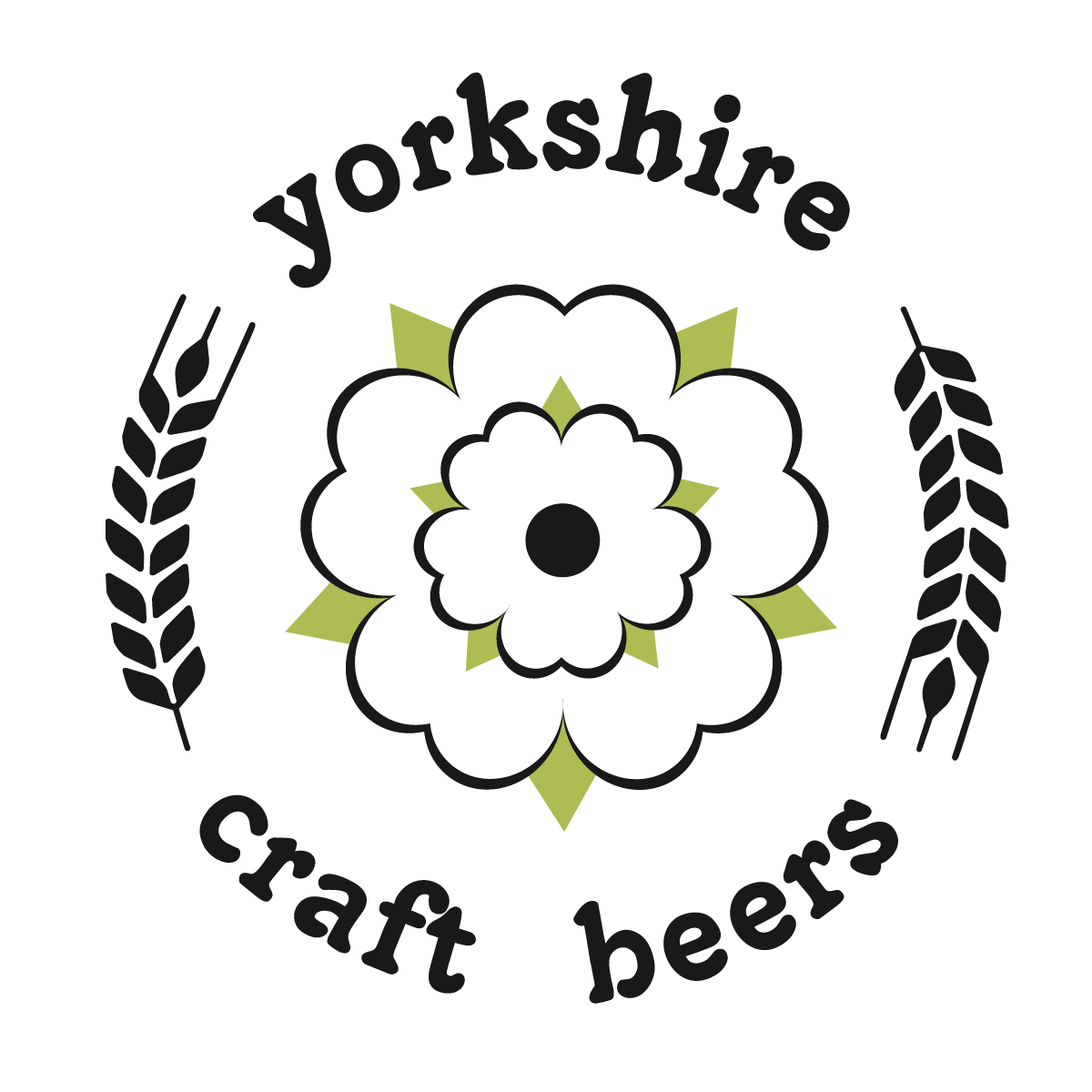One thing we hear alot at Yorkshire Craft Beers is, "I don’t like beer, I like lager", with the assumption that they are two different things. Whilst they are made in different ways (which we will come onto below), contrary to what many people think or believe lager IS actually a type of beer.
Think of ‘beer’ as an umbrella term, or start with beer at the top, with many different styles falling underneath it, almost like an upside-down family tree. Beer comes in many different styles, strengths and flavours, but ultimately they are all part of the same family defined as 'an alcoholic drink made from yeast-fermented malt flavoured with hops'. However, historically, beer wasn’t even produced using hops to flavour or bitter, but that’s a separate matter entirely.
So, lager is beer. But what makes it different? There are a couple of things that differentiate lager from any other style, so let’s take a look. The biggest difference is the yeast strain used to produce lager and beer. Yeast is vitally important for both styles, however lager requires a different yeast which acts differently and under different conditions. Originally called Saccharomyces Carlsbergensis (sound familiar?) but now Saccharomyces Pastorianus, lager yeast production is an industrial yet precious thing.
The unique property of lager yeast being that it requires cooler temperatures to ferment, as opposed to warmer temperatures for ale yeast. A style born in Europe, with its name coming from ‘to store/to cellar’, lager requires lower temperatures to convert sugars into alcohol, which in turn means it requires much longer than an ale. Typically a beer might take 10 days to finish fermentation, whilst a lager can take anywhere up to 8 weeks to finish fermenting. Traditionally lager was stored in barrels in caves or cellars, where heat wouldn’t affect the process, whereas now it can be stored in vats and monitored more closely to ensure the temperatures are controlled and beneficial.
But what other differences are there? Another key difference is that lagers flavour is intended to be very delicate and not too overpowering. Its origins lie in brewing a drink that was intentionally more thirst-quenching and favourable to drink in warmer conditions.
Hops are present which offer subtle flavours, bitterness and their antimicrobial properties, but they aren’t the mainstay much like a hop-driven IPA or pale ale. Likewise, pale malts are the primary driver in a lager offering a pale colour (apart from darker
variants) and, again, offering subtle flavours such as biscuit, toast or caramel. Of course, these flavours are subject to the style being brewed and vary across Europe and across the world.
American lagers are produced using rice or corn as well as malt, some darker styles use more speciality malts to give different colours and flavours to their lager, and of course they can come in different strengths too. But, ultimately, lager is a style of beer despite the popular misconception of them being something entirely different.
